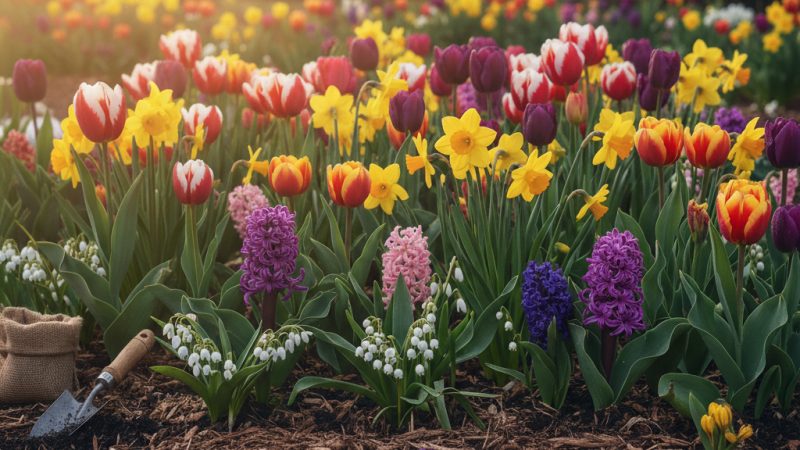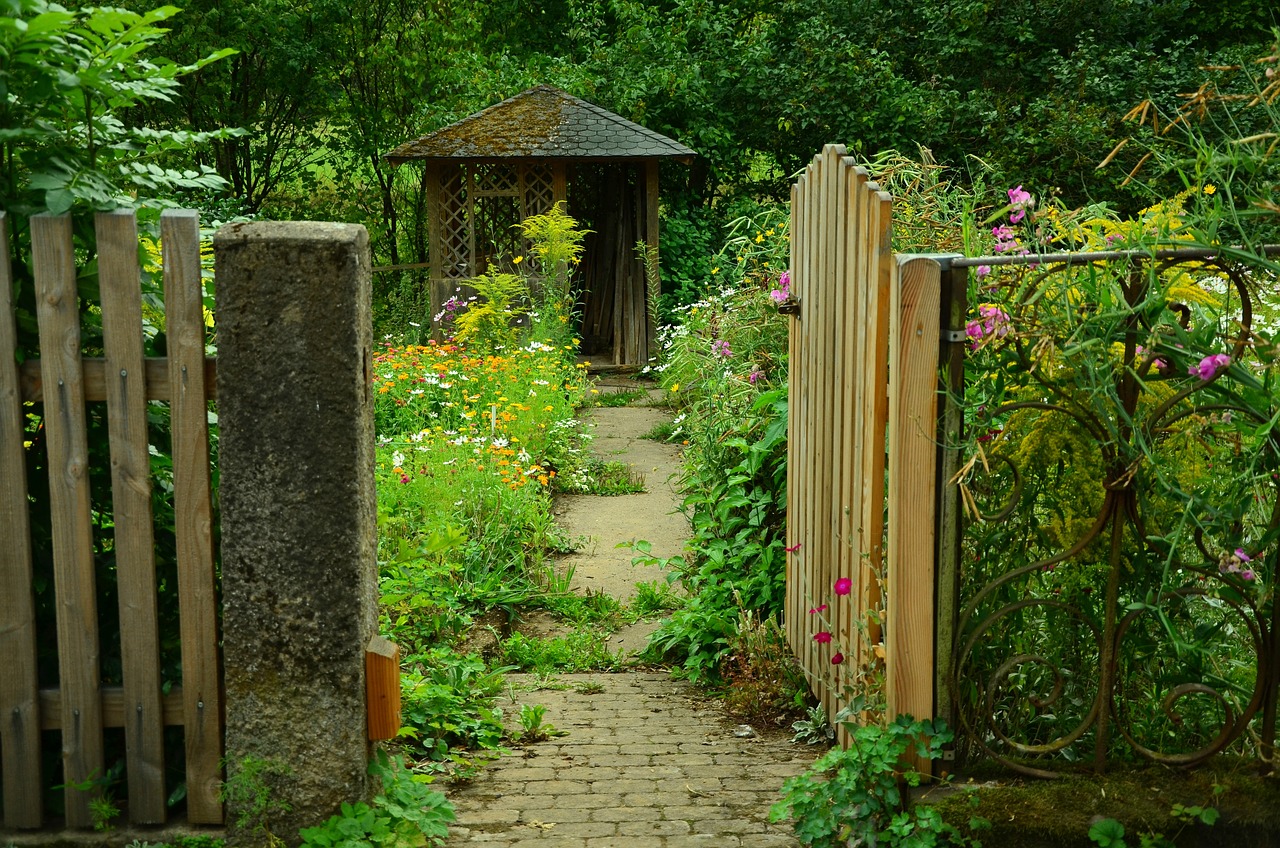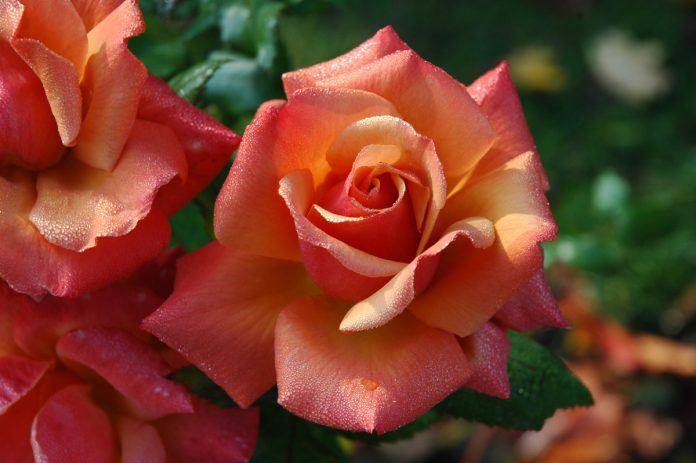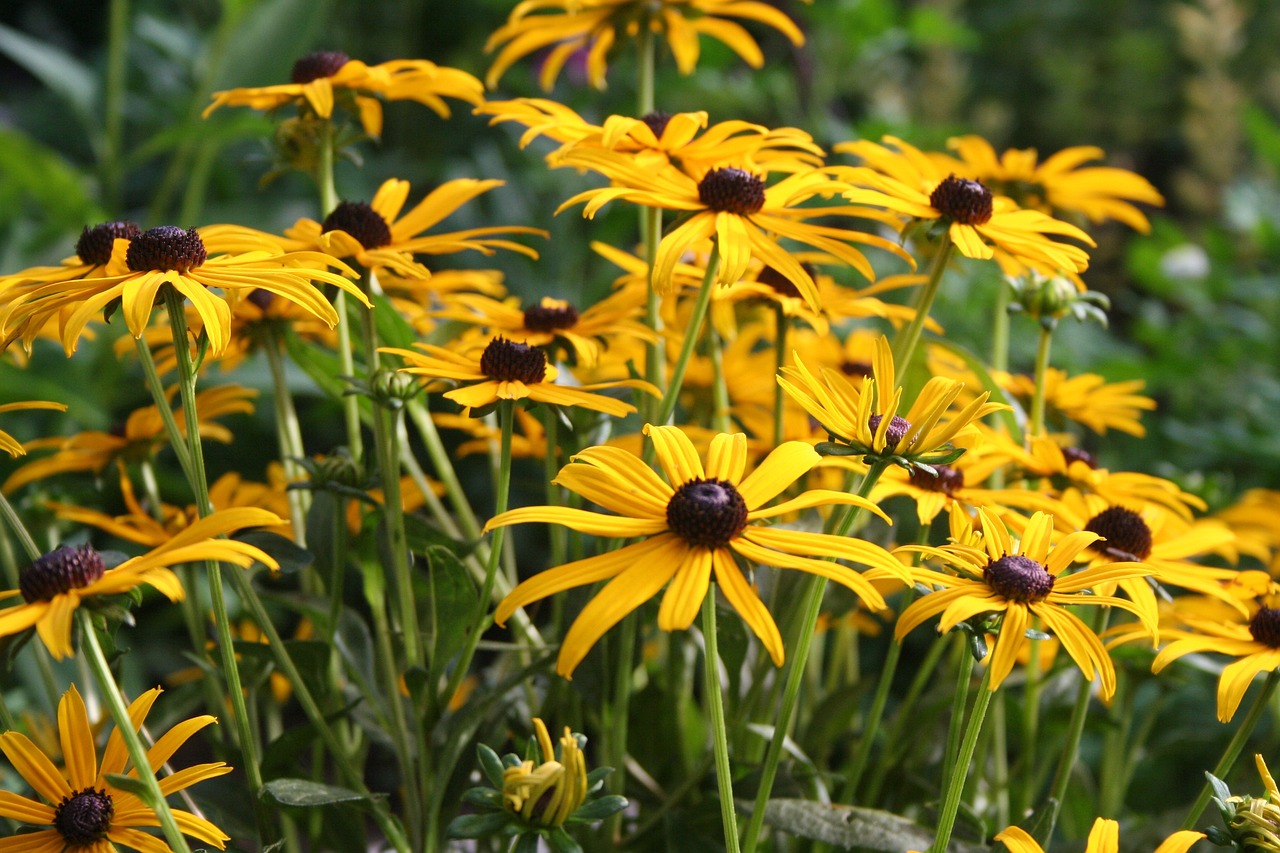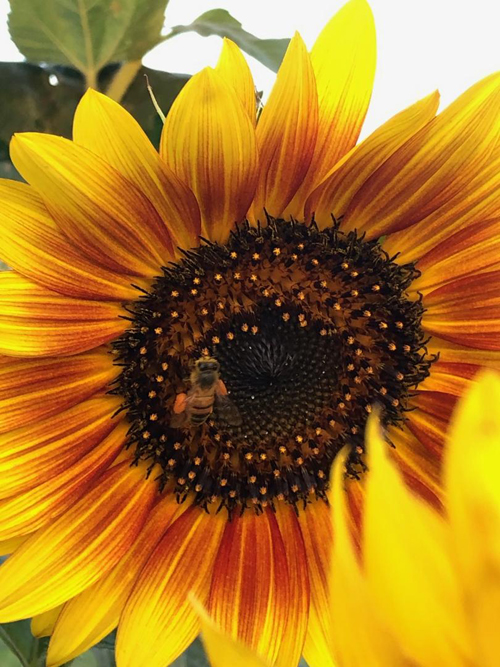Herb Garden Plants – Foxglove – Both Doctor and Killer
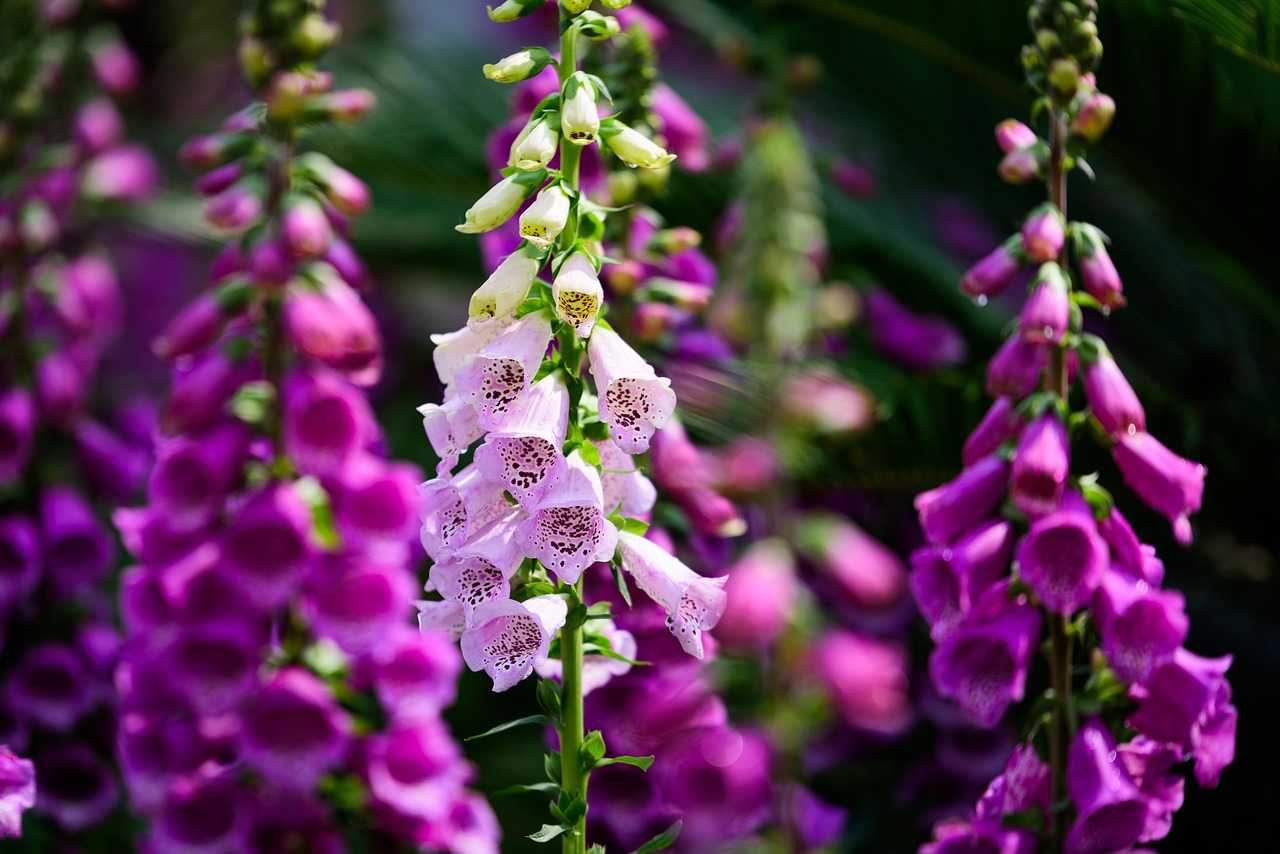
Digitalis purpurea (Scrophulariaceae)
Appearance
One of the taller herb garden plants, the foxglove attains from 1 to 2m (3? to 6?) in height and provides an early to midsummer flower show. It has tongue-shaped, deeply veined, soft and dark green attractive foliage, but its real crowning glory is its hanging steeple of purple/red bell-like flowers with a spotted inner face.
History
The stuff of mystery novels and intrigue, the Foxglove has an ancient provenance; it certainly goes back at least as far as the Anglo-Saxons. Its virtue of as a cardiological regulatory measure was only recognized by a Dr. Withering in the 18th century. the venerable Gerard counted it as one of his essential herb garden plants and recommended it as a poultice for severe bruising and external wounds. The migration to the New World of Foxglove was only accomplisher after the virtues involving the heart were recognized and publicized. Truly a wonder drug of the day, with its toxicity making it a Jekyll and Hyde amongst herb garden plants.
Usage
The cardiac glycosides extant in and obtained from Foxglove are used therapeutically in the treatment of cardiac failure, because of their anti-arrhythmic effects. As far as we can establish, no commercial synthetic drug has yet successfully superseded the cardiac glycosides that are obtainable from the foxglove and a few other sources. In spite of its extreme toxicity to man, its virtues give it an overweening importance as an absolutely essential healing medicinal herb.
Other sources of cardiac glycosides:
Plants
- Strophanthus – ouabain
- Digitalis lanata – digoxin, digitoxin
- Nerium oleander – oleandrin
Animals
- Bufo toads
Cultivation
The Foxglove it is a true biennial – its rosette of leaves is forms during the first year and the flower spike the second; thereafter the plant dies, but leaves a legacy in the form of a brood of offspring around it. It has been observed that a late-season rosette may hang in there for the second year and flower in the third.
Foxglove grows easily from seed, and once established there will always be some offspring about, in fact the Foxglove has a set pattern of broadcasting its seed to populate its patch with successive generations. Good rich soil with leaf mould makes the Foxglove a happy plant – although dappled shade tolerant, it prefers siting in full sun. A winter mulch of pine needles should be applied after the ground has frozen. Any of these home herb garden plants living in damp soil should be transferred to growing frames during winter for Spring replanting.
The Author:
Pete Steel has grown herbs for 25 years in several different climates and soils. He gives out herb garden information and writes about herb garden plants.

